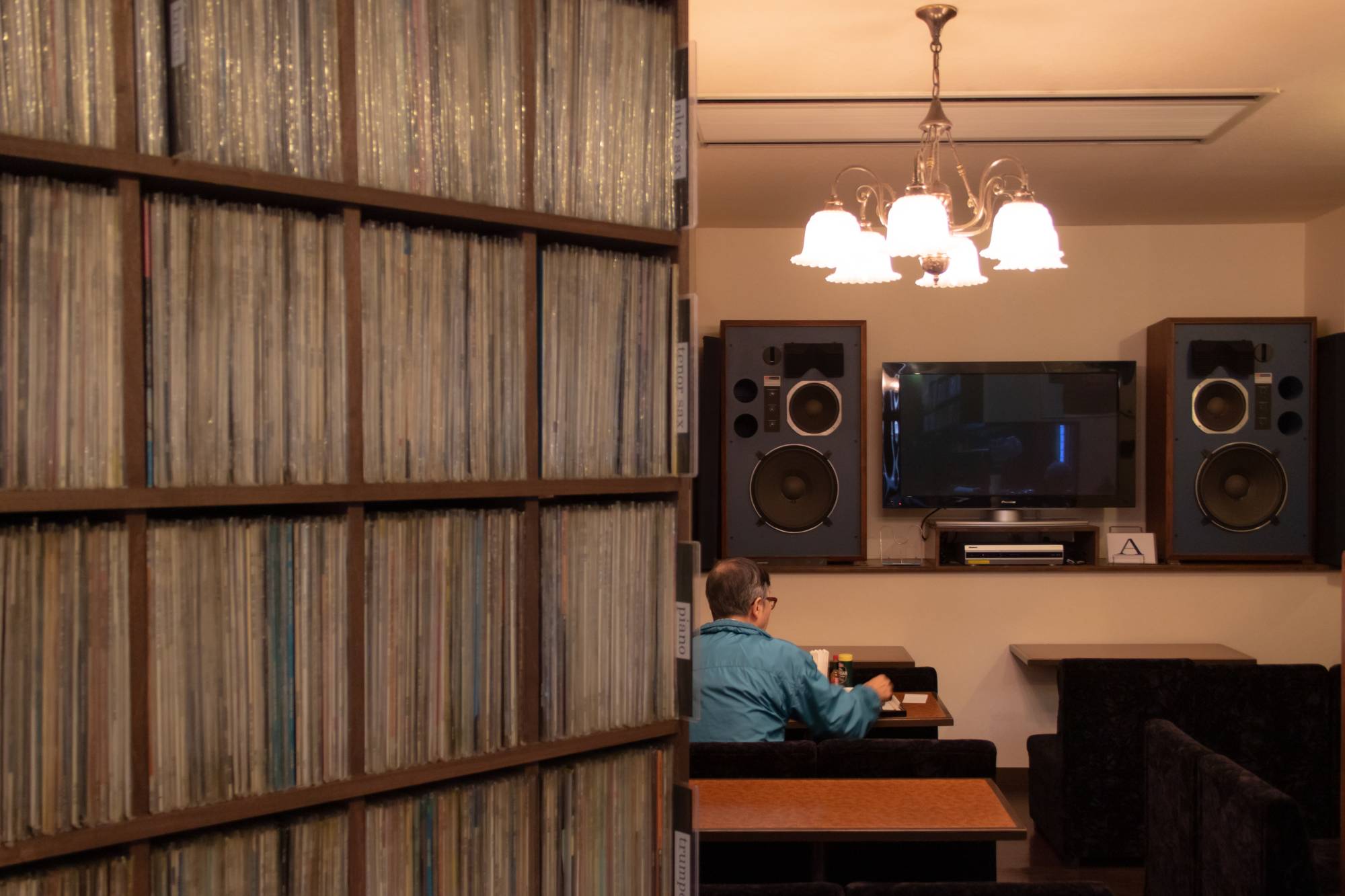When James Catchpole and I meet in Jazz Eagle, a basement cafe in central Tokyo's Yotsuya neighborhood, our conversation is squashed within seconds.
As a New Yorker and a Northern Irishman, perhaps we are preternaturally loud for such contemplative surroundings. But the barman explains that it's merely the cafe's policy: no conversation before 6 p.m. Any customers arriving before then are, in theory, here for the solitude and the music.
It’s still only 5:30 p.m. and zero conversation isn’t conducive to a first meeting, so Catchpole and I spend the next 30 minutes whispering in hushed tones. We break for the odd sip of beer or handful of nuts while a turntable churns out saxophone riffs, throbbing bass chords and drumsticks dancing atop the symbols.

















With your current subscription plan you can comment on stories. However, before writing your first comment, please create a display name in the Profile section of your subscriber account page.